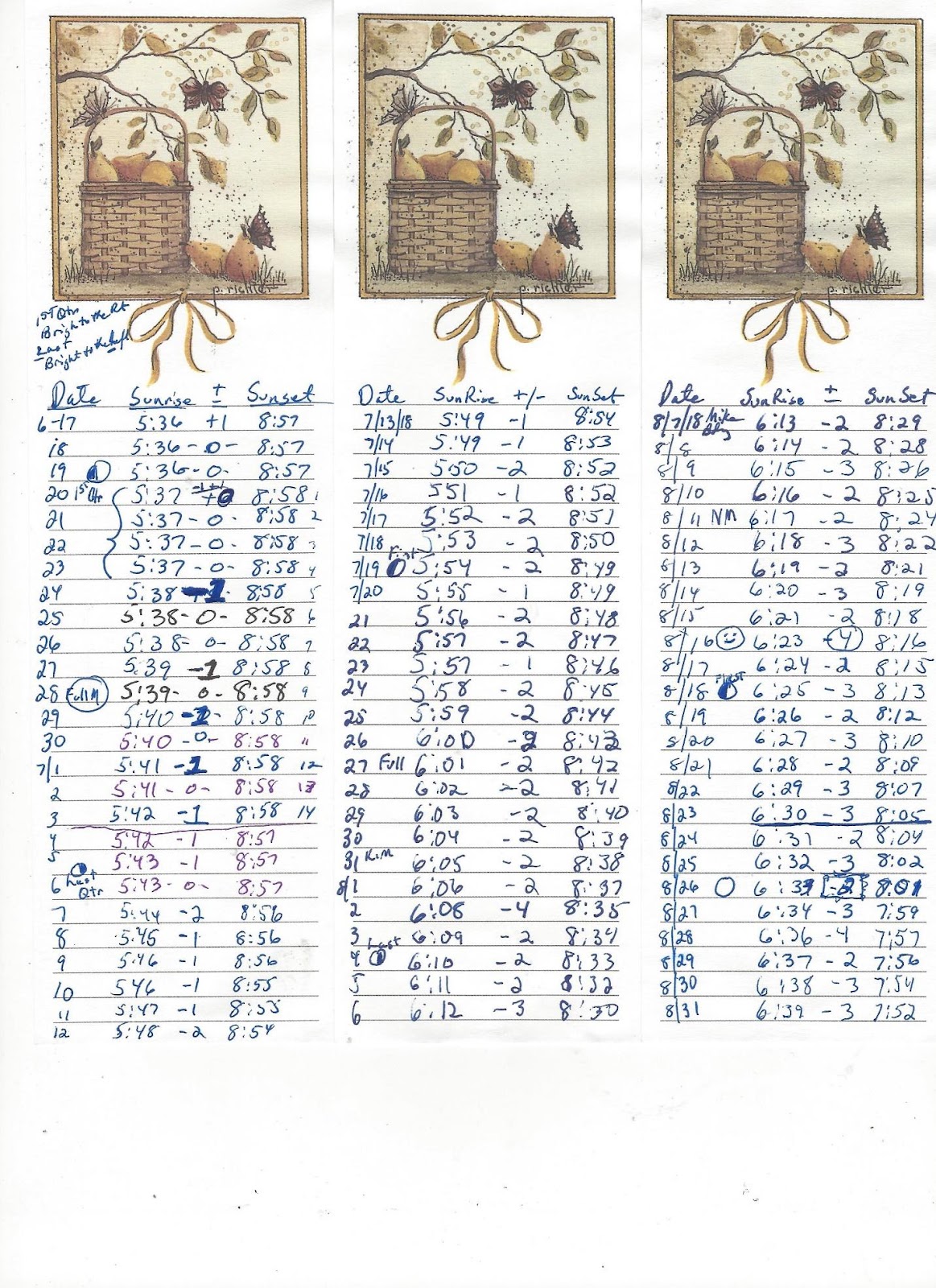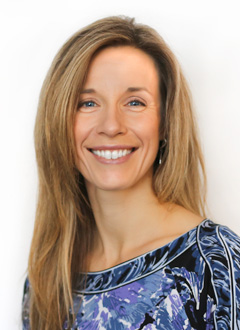Judy R. is the winner of the moon journal! Please, Judy, see my note to you in the comments. Congrats! Thank you so much to Miriam, for this delightful post that has us all looking up and thinking about this moon we share. xo, Amy
Notebook by blackbird letterpress
One of Miri's Moons
I have been fascinated by the moon pretty much my whole
life!
An early recollection?
When I was about 8 years old, I summoned my older brother to my
bedroom. He was six years older and
could solve problems for me. I wondered
what the light was that glowed on my blanket.
He took one look outside, saw the bright full moon in the sky and
declared that the moon was actually shining down in through my bedroom window
onto my bed. I wondered how that could
be. The moon was so far away, up in the
sky. I used my hand to create a shadow –
and I did. There were no outside lights
on the house and no street lights. I
actually had the moon light shining in my bedroom. Awesome!
On July 20th, 1969 - I recall sitting on the
living room floor in my parents' house, watching television as the first men
walked on the moon. My father insisted
that this was a big moment. He was
right.
When my sister had kids, I often would point out the moon to
them as we walked in their local neighborhood.
The days came when they had to move out of the United States, over the
Atlantic Ocean, to the country of Luxembourg.
I burst into tears when I saw the semi-trailer moving van in their
driveway. They were really leaving.
For three years I would not see these kids
that I had known since their births. How would we stay connected? Before they left the U.S., I told them to notice the moon, especially
the full moons. When they saw the moon
up in their skies on Luxembourg nights; it was the same moon that I would have
here. I told them that I would talk to
the moon and tell it to take care of my kids – so far away. I told the kids to talk to the moon and tell
“Miri’s moon” to watch over me.
I even looked up the names of the monthly moons: Harvest Moons, Blue Moons... Why does the moon sometimes look especially
large and close, and sometimes so far away?
An orange glowing moon is really special as it fills the sky. So much can be learned about the moon!
While my sister's family was living in Luxembourg, my sister, Lori Runk, was aware of her kids' and my fascination with the moon.
She painted this picture for me.
Painting by Lori Runk
Photo by Miriam Haefner
I love teddy bears and she added a bear to the picture, which has the
full moon shining bright outside in the night.
The picture still hangs in my computer room. The kids are all grown, but they remember the
story surrounding my picture. “Miri’s
Moon.”
Back on December 20, 2017, I decided that I would like to
see if December 21st was really the date that the days started
getting longer in Buffalo, NY. I had
always been told it was so. Technically,
yes is the answer. Daylight is shortest
on December 20th at 9 hours, 1 minute and six seconds. Daylight is longest on June 20th
at 15 hours and 21 minutes.
But, if you look at sunrise and sunset numbers, the story
changes a bit. On December 8th,
2017 - sunset times started getting later from an earliest time of 4:41:11pm. Sunrise times started getting earlier from a
latest time of 7:47:26am on January 2nd.
So, even though December 20th is the day noted for
being the shortest, other features of sunrise and sunset are in play.
Since December
2017, I have been making daily listings of sunrise and sunset times. I decided that I wanted to know when I was
losing the darkness! I enjoy dark
mornings when I can sleep in so snugly!
To my delight, from December 20th until January 2nd,
sunrise kept getting later. It did not
come earlier on December 21st!
On December 20th, sunrise was at 7:43am; January 2nd,
it was 7:47am. I got three more minutes
of darkness – for sleeping! Sunrise did
not get back to 7:43am, until January 16th. Who would have guessed?
So I checked the sunset times. From November 26
th, sunset went
from 4:44pm to the earliest of 4:41pm on December 8
th. By December 20
th, three minutes of
daylight had been added to my day – back to 4:44pm. By January 2
nd, sunset was at
4:53pm.
Over the years, I have found many moon items. Halloween has many full moons! Jewelry can be purchased with all the phases of the moon. The full moon is my favorite.
Here are 3 pages of my daily notes, from June 17th to August 31st, 2018.

Miri's Notes
Photo by Miriam Haefner
For sunrise and sunset hours, I used the daily edition of THE BUFFALO NEWS, but a smart phone will have the information as well. For purposes of writing this article, I supplemented my time recordings with full hours, minutes and seconds found online.

THE BUFFALO NEWS
Photo by Miriam Haefner
Being an accountant, tracking numbers interested me! I have now tracked the sunrise and sunset
numbers, as published in THE BUFFALO NEWS on a daily basis, since December 20
th,
2017.
I learned some fun things:
- Daylight times change from a high range of 2, 3 or 4 minutes
per day (never 5 minutes), to a low of 0, 1 or 2 minutes per day.
- Between February 14th (Valentine’s Day) and
February 20th - over 7 days we gained 21 minutes of daylight. Days were changing quickly.
- March 17th had sunrise and sunset times of 7:24 -
am and pm.
- September 26th had sunrise and sunset times of
7:07am and 7:06pm.
- May 4th, was the last day we gained 4 minutes of
daylight – in one day - (the usual was 2,3 or 4 minutes per day) before heading
into summer.
- From June 18th to 23rd, there were 6 days that
sunrise and sunset times did not lengthen or shorten the daylight hours. Hmmm…
Talk about the seemingly long days of summer? It is true. It feels like the days are long – and there are many of them.
- From June 20th until 14 days later – on July 3rd,
sunset stayed at 8:58pm. Over those 14
days, we only lost 5 minutes of daylight from our mornings. Note:
Remember to appreciate June 20th to July 3rd each
year – time is yours to spend freely on long days!
- It wasn’t until August 2nd that we started losing
4 minutes of daylight in one day. August
has a knack for catching us off guard – summer is fading away. It really does.
- Between October 14th and October 20th -
over 7 days we lost 20 minutes of daylight.
- Our earliest sunrise was 5:36am on June 11th. Our latest sunrise was Jan 2nd at
7:47am.
- Our earliest sunset was 4:41pm on December 8th. Our latest sunset was June 26th at
8:58:27pm.
Additionally:
- Around April 16th, I decided to start tracking
the moon phases. New Moon, First Quarter,
Full Moon and Last Quarter. Honestly, I
could not have told you the difference between a crescent moon of the First Quarter
and the Last Quarter. The
difference? The brightness of the moon
you see on the First Quarter in on the right side of the moon. Brightness is on the left side for the Last
Quarter. So when you look up in the sky
at night, you can tell by looking at a crescent moon, as to whether the Full
Moon has passed you by or if it is coming up within a few days.
- I find the full moon fascinating. The brightness is intriguing. Have more odd events seemed to happen in your
life on days when the moon was full?
Hmmm….
- If someone comments on what time sunset is – you know the
answer; if you can remember what you wrote down on your daily note pad.
- I came to notice that there was extra light in the sky 30
minutes before sunrise and 30 minutes after sunset – “Twilight”. Extra minutes every day. I can finish cutting my lawn on cool fall
evenings.
Even when life doesn’t go the way we like at times, it is important to remember that each night the moon will still be waiting for us up in the sky.
Try It:
On your own, try tracking sunrise and sunset numbers on a
daily basis. I did not track the
differences in daylight each day until a month into the process. I became curious as to the numerical patterns. Warning - the math does get a little
confusing when sunrise and sunset are not both increasing or decreasing at the
same time! I could have used a
spreadsheet to track the numbers, but did not.
I kept the note pad on my refrigerator, so that I could easily record
the numbers daily.
No rules – create your own format!
Note from Amy:
You might also find inspiration through NASA - don't miss this
Moon Observation Journal!
Miriam Haefner is a moon-interested aunt and accountant living in the Buffalo, NY area.
Please know that Sharing Our Notebooks welcomes all kinds of notebook keepers - of any age and interest - to open up their pages and share their process. At the present time, I am accepting all notebook entries and am especially hoping to receive some entries from boys and men who keep any kind of notebooks. If you are interested in writing in this space,
please contact me, Amy, directly.
Please share a comment below if you wish.


























